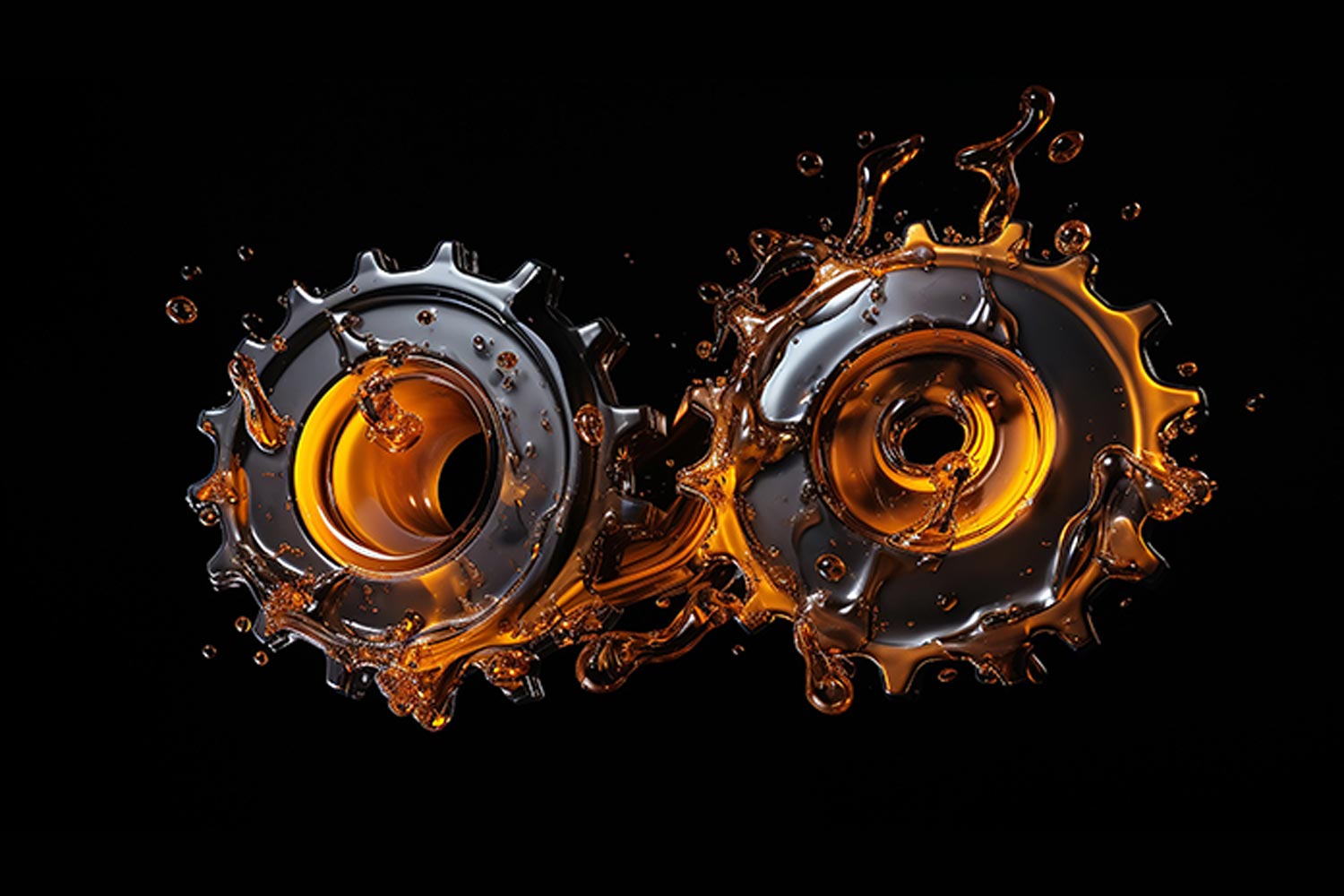In the first installment of the Tech Tips series, we covered the types of base stocks typically used in motorcycle oils. Conventionally cracked and hydro-cracked oil stocks are distilled, while synthetic oils are chemically engineered and belong in a class of their own.
While distilled base stocks contain impurities, synthetics (namely polyalphaolefin oils or PAO) are constructed from pure ethylene molecules. To an engine’s moving parts, it’s the difference between fine grit and clean microscopic ball bearings protecting them. But PAO synthetics are far from simple.
Here are some basics on the complexities of synthetics:
They are more resistant to heat. While regular motor oil begins to torch at about 350 degrees Fahrenheit, it takes more than 600 degrees to vaporize synthetics. Since air-cooled engines typically run best at 180 to 210 degrees and have been known to get as hot as 240 to 260 degrees, synthetics offer a much better safety margin. That extra high-temperature stability also means less sludge and varnish build-up in the engine.
They’re slipperier. The molecules in synthetic oil are more uniform in length, weight, size, and shape than those found in nature. That makes it much easier for them to slide over things. Let’s dispel a couple of myths: The stuff is not so slippery that it will prevent bearings from rolling; and, no, synthetics won’t cause your engine to leak.
Film strength: It’s what keeps those little molecules from being pushed or torn apart under extreme pressure. Regular oil’s limit is about 500 psi; synthetics can withstand as much as 3,000 psi. When metals are trying to destroy each other, pressure and friction can go ballistic at almost any moment. Synthetics cover your bet six times over.
Cold-start protection. Regular oil doesn’t remain in place as a boundary layer on metal surfaces, so the stuff drips to the bottom of the crankcase when the motor is shut off. This leaves pistons and rings, valves and guides, cams, and pushrods in a lubrication lurch when an engine is started. If you leave a bike parked long enough for the lubricant to drain off the rollers and needles in the tappet, little rust pits appear – cold-start the bike a month later, and you’ve just knocked the rust off that dry roller and successfully jeopardized the surface hardening. Picture some important metal surfaces crying out for lubrication in the time it takes for your oil pump to pressurize all of those bearings, lifters, and passageways, all the way to the rockers several inches straight uphill – a process that takes many seconds. Synthetics minimize this cold-start issue because they cling to components better and longer.
Extended change intervals. The expense of the stuff is offset by longer periods of time between changes. There’s also an environmental dividend, in that you don’t generate as much toxic waste.
So, if synthetics are so great, why doesn’t everybody use them? The biggest reason for resistance is that many consumers are ignorant of the benefits and distrustful of the technology. Also, their higher prices have been a hurdle for some consumers, but synthetics are becoming more commonplace, making them more affordable.
Some argue that synthetics shouldn’t be used in new engines until they are broken in, theorizing that the added surface abrasion of mineral-based oils helps to seat the valves and rings to create even mating surfaces. Maxima Racing Oils recommends using its Premium Break-In oil for the first 600-800 miles, then switching over to a synthetic oil, especially for high-performance motors.
If you want the best protection for your engine, synthetic oils can’t be beaten.


















